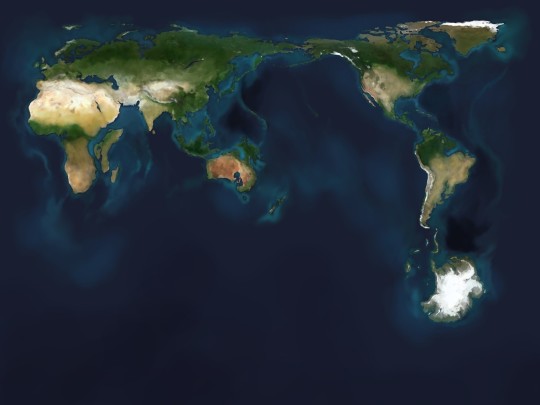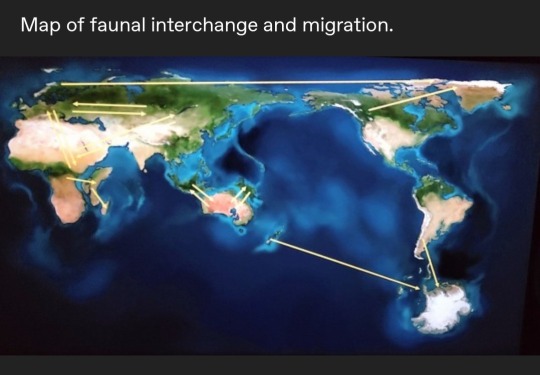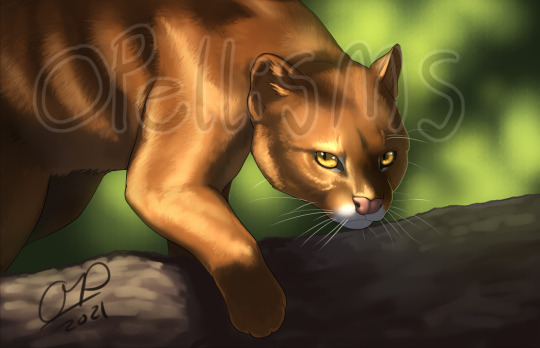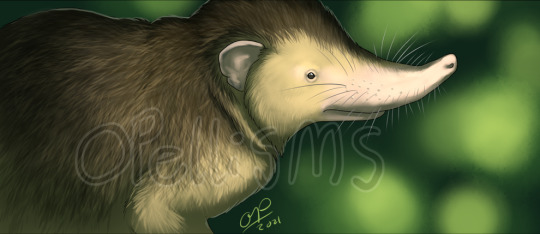#malagasy civet
Explore tagged Tumblr posts
Text

A fanaloka, or Malagasy civet (Fossa fossana) in Ranomafana National Park, Madagascar
by Sean Crane
#fanaloka#malagasy civet#euplerids#fossa fossana#fossa#eupleridae#carnivora#mammalia#chordata#wildlife: madagascar#wildlife: africa
246 notes
·
View notes
Text

The fossa is a slender, long-tailed, cat-like mammal that is endemic to Madagascar. It is a member of Eupleridae, the family of carnivorans, and closely related to the Malagasy civet.
The fossa is the largest mammalian carnivore on Madagascar and has been compared to a small cougar, as it has convergently evolved many cat-like features. Adults have a head-body length of 70–80 cm (28–31 in) and weigh between 5.5 and 8.6 kg (12 and 19 lb), with the males larger than the females. It has semi-retractable claws (meaning it can extend but not retract its claws fully) and flexible ankles that allow it to climb up and down trees head-first, and also support jumping from tree to tree.
Photo 📸 @timfurfie
source: The Fabulous Weird Trotters
98 notes
·
View notes
Text
people mistaking genets civets linsangs and malagasy civets ahhhhhhhhhhh *explodes and dies*
2 notes
·
View notes
Text
Current old map:

(Bering land bridge will actually be disconnected in the updated map.)

*Africa and Eurasia are now connected.
*The Americas are now separated at Panama.
*Australia has connected to New Guinea and nearly touches Indonesia.
4 separate continents and 1 pseudo-supercontinent.
~~~
Arctic faunal interchange:
Fowl, Raptors, Passerines, Auks, Loons, Amphibians, Rodents, Mustelids, Cats, Canids, Deer, Cattle, Sheep, Pigs, Horses
African-Malagasy faunal migration:
Fowl, Hornbills, Storks, Raptors, Passerines, Crocodiles, Lizards, Snakes, Turtles, Amphibians, Bats
Afro-Eurasian faunal interchange:
Ostriches, Fowl, Hornbills, Storks, Raptors, Passerines, Pigeons, Horses, Deer, Boar, Cats, Canids, Viverrids, Hyrax, Macaque, Bats
Indes-Australian faunal interchange:
Lizards, Snakes, Amphibians, Ratites, Hornbills, Parrots, Raptors, Pigeons, Passerines, Kingfishers, Dasyurid marsupials, Kangaroos, Cuscus, Pigs, Chevrotain, Stink badger, Palm civet, Bats, Rakali
Austro-Zealandia faunal migration:
Lizards, Amphibians, Parrots, Raptors, Passerines, Bats
Zealandia-Antarctic faunal migration:
Parrots, Swallows
Patagonian-Antarctic faunal migration:
Tinimou, Geese, Vultures, Caracara, Egrets, Shorebirds, Swifts, Bats, Trout
0 notes
Text
who was going to tell me that malagasy civet pups are so stinking cute
0 notes
Photo

Malagasy civet (Fossa fossana) Ranomafana National Park, Madagascar
Despite its name, the Malagasy civet is not a civet, but actually belongs to the endemic Madagascan family Eupleridae. It is also known as the striped civet or the fanaloka.
Photograph © Chien Lee
568 notes
·
View notes
Photo


A couple of commissions for foxyNalie on Twitter.
8 notes
·
View notes
Photo



Current topic of interest: species indigenous to Madagascar
Please look at the Malagasy civet/ striped civet
12 notes
·
View notes
Text
My favourite euplerids




#euplerids#eupleridae#fossa#Grandidier's mongoose#Malagasy civet#ring tailed mongoose#favourite animals#favourites
2 notes
·
View notes
Photo

Karl the Fanaloka
#karl#fanaloka#malagasy civet#civet#madagascar#all hail king julien#king julien#dreamworks#my art#fanart#toon#cartoon#animation#villain
25 notes
·
View notes
Photo


Fanaloka or jabady (Fossa fossana) by D.Frampton 2017
#mammals#taxidermy#zoology#marsupial#museum exhibits#taxidermist#malagasy civet#d.framptontaxidermist#d.frampton#Bones#skeleton
189 notes
·
View notes
Photo

A Malagasy civet (Fossa fossana) in Madagascar
by Charles Sharp
#malagasy civet#euplerids#Fossa fossana#fossa#eupleridae#carnivora#mammalia#chordata#wildlife: madagascar#wildlife: africa
251 notes
·
View notes
Video
tumblr
pls this song is perfect for Karl omg-
#Karl#all hail king julien#King Julien#Karl and Chauncey#Karl the Fanaloka#ahkj Karl#ahkj#~my videos~#i LIVE for the romance between Karl and Chauncey omg#like pls#never have I loved a gayer pair then this malagasy civet and hissing cockroach omg#ALSO THE i'm very scary PART LIPSCYNED SO WELL HHHHH
22 notes
·
View notes
Photo







More March Mammal Madness artwork, these are from the Tricksy Taxonomy division!
-Malagasy striped civet (AKA fanaloka) round 1
-Mara (AKA Patagonian cavy) round 1
-Jaguarundi round 1 & 2
-Red wolf round 1 & 2
-Hispaniolan solenodon round 2
#art#my art#2021mmm#solenodon#hispanolan solenodon#red wolf#fanaloka#malagasy striped civet#jaguarundi#mara#patagonian cavy#March Mammal Madness
33 notes
·
View notes
Photo



Fanaloka (Fossa fossana) Also known as: Malagasy civet, striped civet, jabady
The fanaloka is the second largest carnivore on the island of Madagascar (second to the fossa). They are about the size of a cat, though their appearance and behavior is more like that of a fox. Usually two fanalokas maintain a home area of about one square mile, marking its borders with scent. They’re nocturnal and usually hunt on the ground, as they aren’t very impressive climbers. Their prey consists of small mammals, frogs, lizards, bird eggs and any other meat they can get their hands on. They’re listed as vulnerable.
Classification: Animalia - Chordata - Mammalia - Eutheria - Boreoeutheria - Laurasiatheria - Scrotifera - Ferae - Carnivoramorpha - Carnivora - Feliformia - Viverroidea - Viverridae - Herpestoidea - Eupleridae - Euplerinae - Fossa - F. fossana
Images: [x] [x] [x] Source: [x]
#fanaloka#malagasy civet#striped civet#jabady#fossa fossana#boreoeutheria#laurasiatheria#scrotifera#ferae#carnivora#feliforma#viverroidea#viverridae#herpestoidea#eupleridae#euplerinae#fossa#eutheria#vulnerable#carnivoramorpha#mammalia#tetrapoda#vertebrata#chordata#species feature
7 notes
·
View notes
Photo

TIL malagasy civet / fanaloka / jabady pup
239 notes
·
View notes